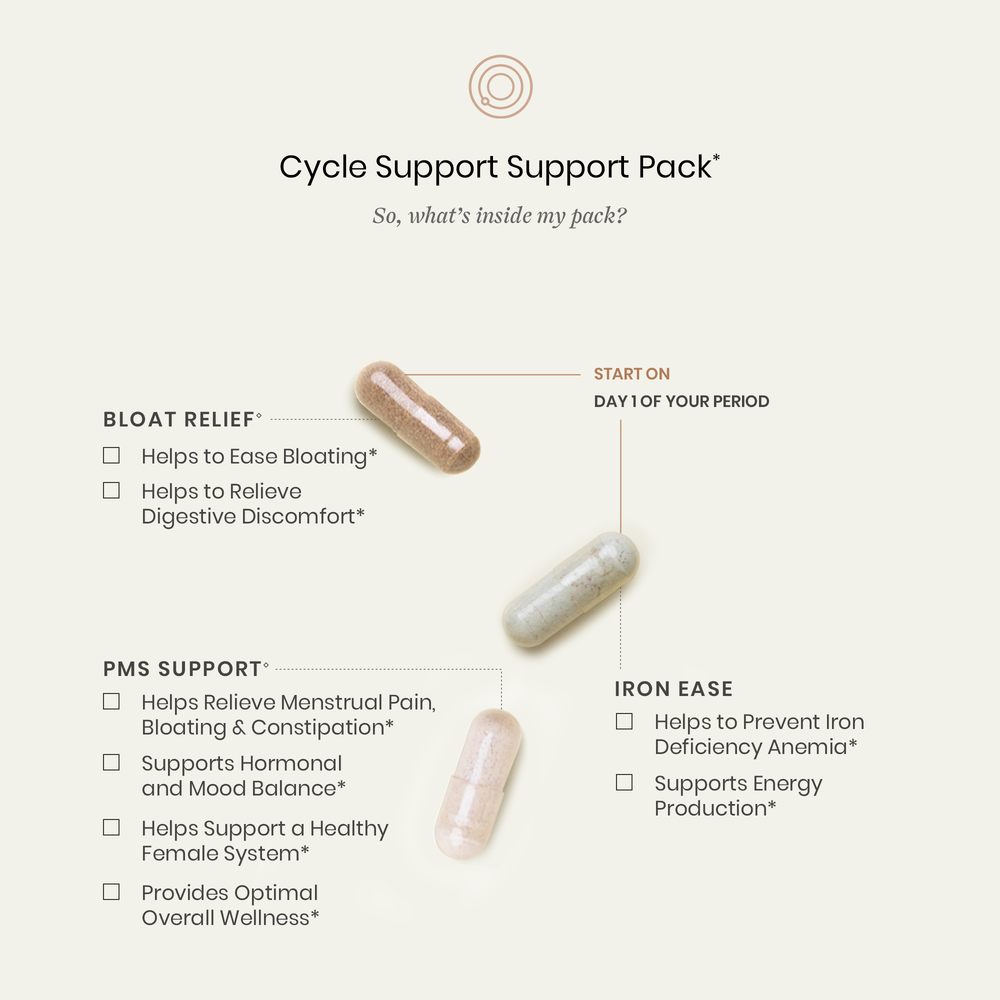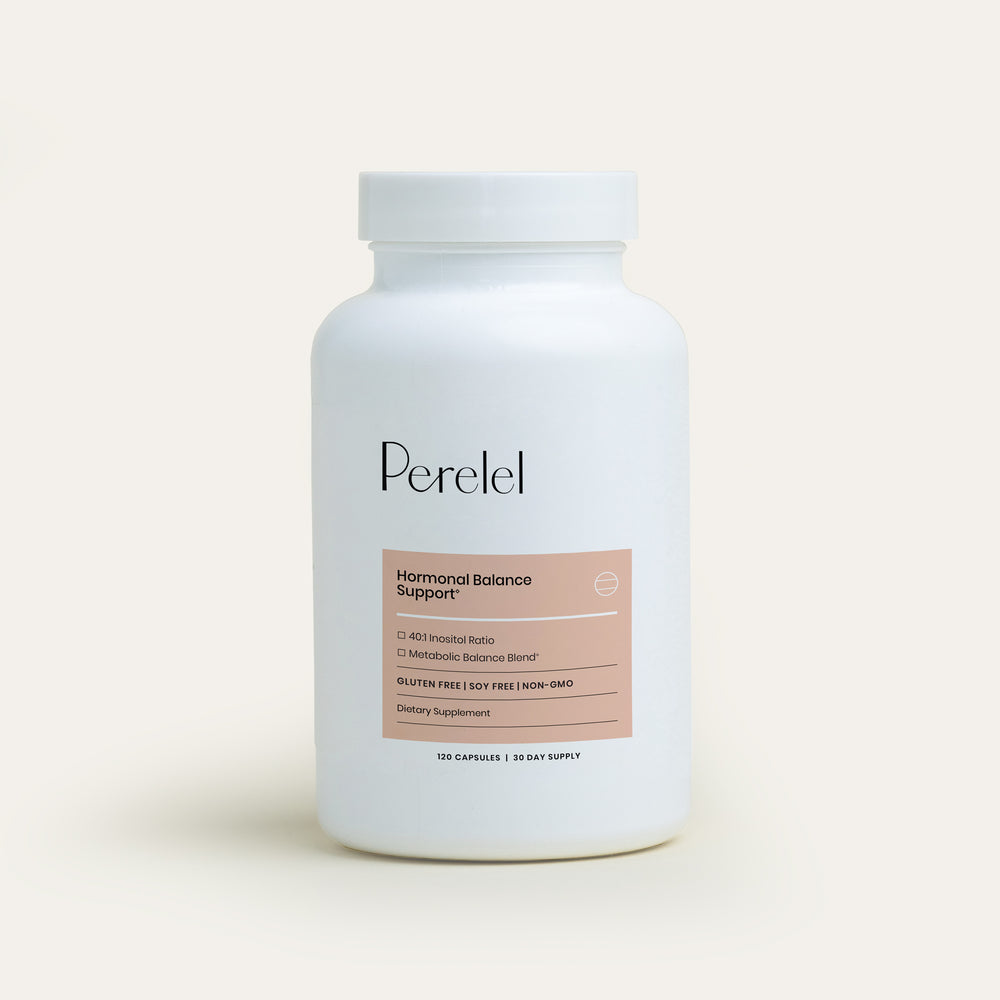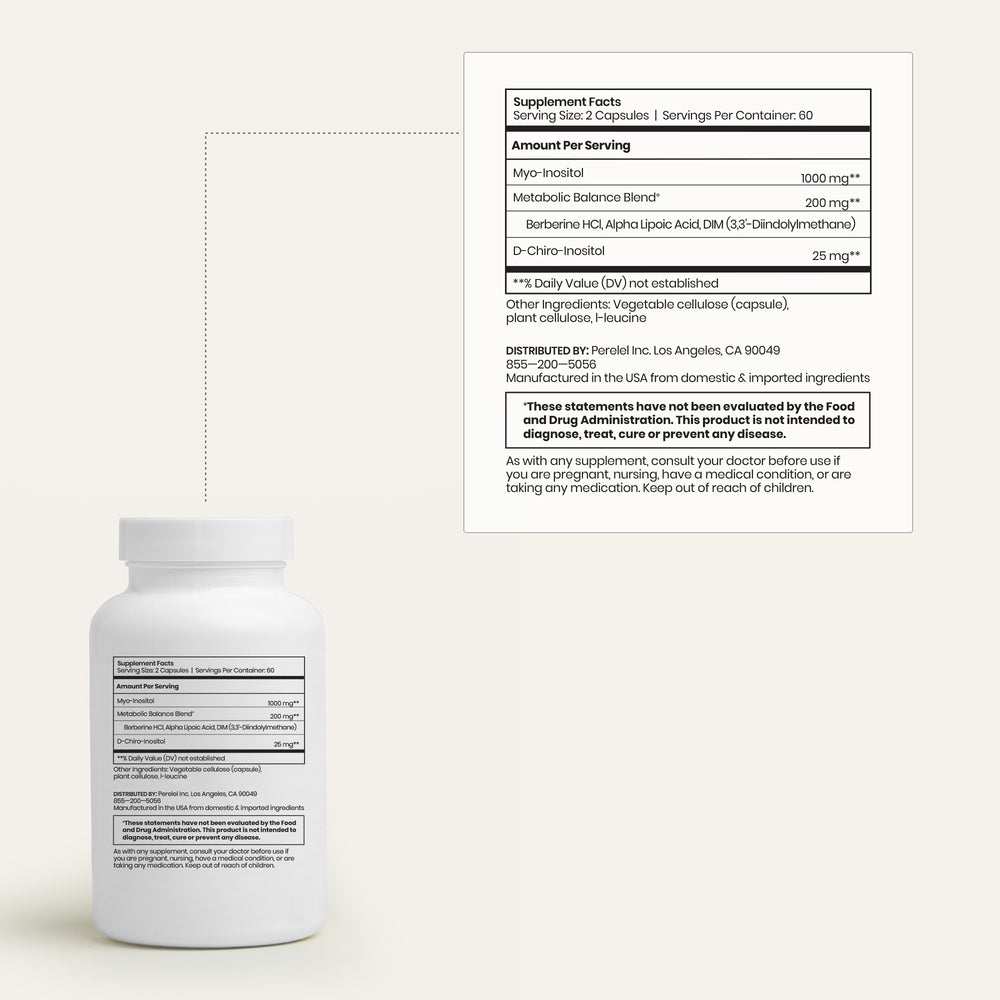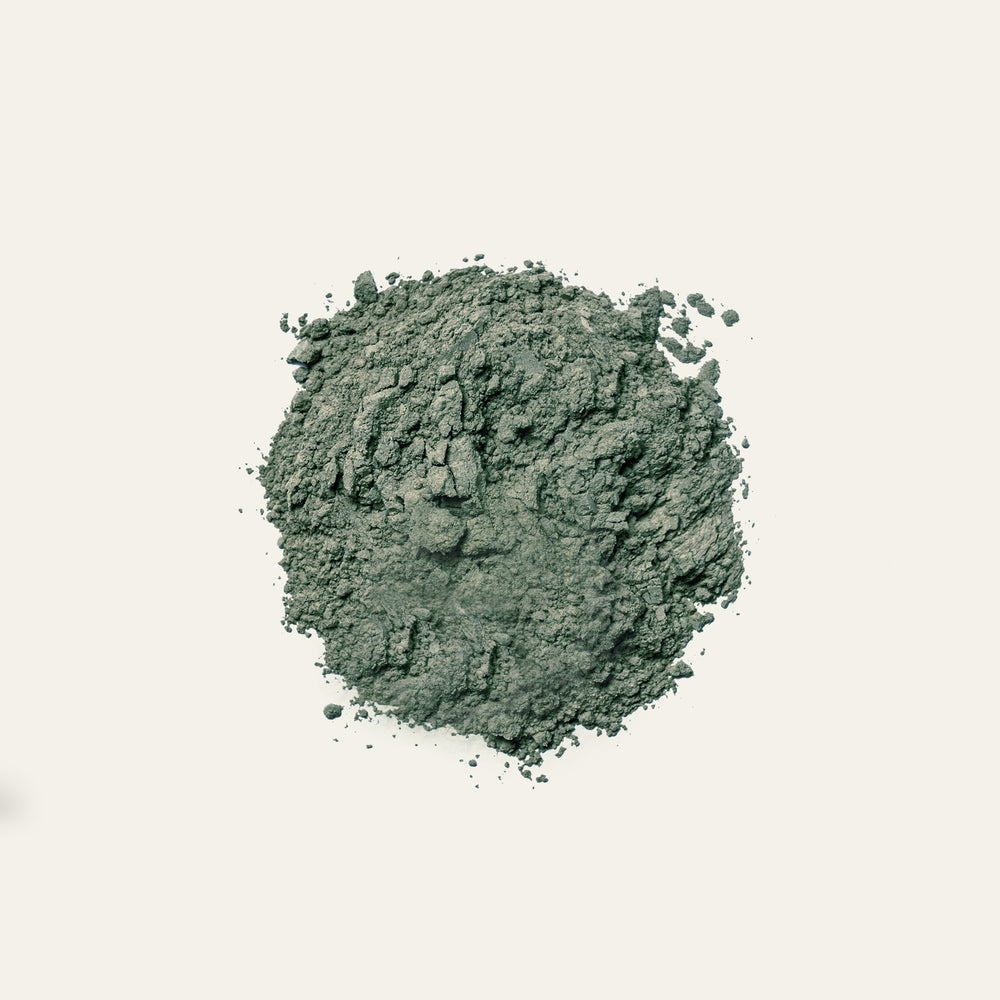Suffice to say that most of us are taught that bad cramps, heavy periods, and menstrual pain is just one of the “joys” of being a woman. But for up to ten percent of women and girls of reproductive age, painful periods aren’t just something to white-knuckle through every month—it's actually a symptom of endometriosis, an often painful disorder in which tissue similar to the tissue that normally lines the inside of your uterus—the endometrium—grows outside your uterus. Each month, that tissue can swell, become inflamed and even bleed in the same way the lining inside the uterus does with the menstrual period.
To further understand the risk factors, diagnosis process, and prognosis is for this all-too-common yet often poorly understood disease, we tapped our Medical Co-Founder, Dr. Banafsheh Bayati, MD, OB/GYN, FACOG, to educate us on what the symptoms, treatment and overall management looks like for endometriosis. Keep reading to see what she had to say.
What are the symptoms of endometriosis? How does one know their pain is more than just period cramps?
"The most common symptom of endometriosis is severe pain," explains Bayati. "Typically, women with endometriosis will have very painful menstrual cramps that may get worse over time. The period pain can be severe and tends to occur before the prior starts. They can have chronic pain in their lower back and pelvis. They can have deep internal pain during or after sex. They may have painful bowel movements or pain with urination during the menstrual period. They may also see blood in their stool or urine. They may also present only with infertility. Or, they may only present with digestive issues such as diarrhea, constipation, bloating or nausea during the menstrual period. Most importantly, they can have no symptoms at all and are diagnosed during a work up for infertility."
Symptoms of Endometriosis
- painful periods
- chronic pelvic pain
- pain during and/or after sexual intercourse
- painful bowel movements
- painful urination
- fatigue
- depression or anxiety
- cysts on the ovaries
- abdominal bloating and nausea
Note that if any of these symptoms resonate with you, we always recommend talking to your healthcare practitioner.
What causes endometriosis? Are there certain risk factors?
One of the most challenging aspects of endometriosis—beyond its wide range of potential symptoms—is that the cause of endometriosis is largely unknown, and there are currently no known ways of preventing endometriosis. Research shows that endometriosis may run in families, so if your mother, sister, or someone else you’re related to has been diagnosed or has presented with symptoms of endometriosis, that might be another sign to check in with your physician.
If someone suspects that may have endometriosis, what does the diagnosis process look like?
"Typically, the diagnosis is made with a thorough evaluating their medical history and a physical examination, which includes a pelvic exam along with imaging studies such as a pelvic ultrasound and or MRI,” says Dr. Bayati. “Family history should be evaluated as well and can be very helpful in diagnosis given this condition often affects members of the same family. Medical treatment will be started to address the pain and inflammation as well as physical therapy and alternative treatments to address the inflammation, scar tissue, and coexisting issues.”
"On average, it appears it can take up to seven and a half years for a woman to be diagnosed with endometriosis."
What does treatment of endometriosis look like? Since there is no cure for endometriosis, how can one manage symptoms?
"Endometriosis cannot be prevented,” says Dr. Bayati. “It is possible to lower the risks by decreasing estrogen levels in the body. Often this is done with low dose birth control pills, adequate and regular exercise, weight management and avoidance of excess alcohol or caffeine.”
"Pain management specialists can be very helpful in treatment as well as complementary therapies such as therapy, acupuncture and chiropractic care. Herbs and supplements as well as diet, nutrition and exercise should be addressed.”
In some cases, surgery may also be required to make a definitive diagnosis as well as provide treatment. Your physician may refer you for a laparoscopy to biopsy and/or remove mild or moderate endometriosis. More severe endometriosis might require more extensive tissue removal or the removal of ovarian cysts. Some physicians might also recommend hormone therapy.
Shop the Article:
Foods for Endometriosis
Opt for a plant-based diet to increase sources of isoflavones and indoles. Isoflavones block enzymes that produce more estrogens in our bodies. And indoles are compounds that can counteract the effects of estrogen.
-
celery
-
chickpeas
-
peanuts
-
broccoli
-
cauliflower
-
kale
-
Brussels sprouts
-
bok choy
-
fish
-
berries
-
grapes
-
turmeric
-
green tea
What is the link between endometriosis and other health conditions?
"Research shows a link between endometriosis and other health problems such as allergies, asthma and chemical sensitivities, migraines, autoimmune disease, chronic fatigue syndrome and fibromyalgia, interstitial cystitis as well as certain cancers including breast and ovarian cancer," says Bayati.
The severe pain of endometriosis is also associated with a higher risk for mental health conditions like depression. Severe cases of endometriosis can also cause internal issues like the adhesion of the fallopian tubes, uterus, ovaries, and/or bowels.
Endometriosis, historically, often goes undiagnosed for so long. Why is that?
On average, it can take seven and a half years for a woman to be diagnosed with endometriosis—and up to eleven years. This long-term, chronic condition can significantly impact a woman’s physical health, emotional well-being, and quality of life. It can lead to depression and relationship difficulties at home and at work. Despite its prevalence and impact, endometriosis is notoriously under-researched. As of 2023 (and after an increase in National Institutes of Health funding), just .04% of our NIH budget goes towards the research of endometriosis—the equivalent of $2 per person with endometriosis per year.
"The diagnosis can be delayed given the symptoms can mimic other conditions and because every woman experiences the condition differently,” says Dr. Bayati. “Most importantly, endometriosis does not always present with painful menses and thus it is not uncommon for women to be diagnosed during an investigation for infertility. It impacts a woman’s daily life and thus more must be done to recognize and understand this condition. It’s important for women to voice concerns about their health and never suffer in silence."
And lastly, how does endometriosis affect fertility?
Endometriosis may affect fertility outcomes, especially when left untreated.
"
early suspicion of endometriosis is key!” says Dr. Bayati. “And empirical treatment can be started without surgical confirmation. For infertility due to endometriosis, treatment options include laparoscopic surgical removal of endometriosis, ovarian stimulation with intrauterine insemination and IVF. A multidisciplinary treatment approach is best to address all symptoms, including emotional health."
Have you suffered from endometriosis? Join our community, The Village, for support. Plus, if you're currently trying to conceive, boost your nutrient stores and egg health with Conception Support daily vitamin packs formulated by a panel of reproductive endocrinologists.
Zondervan KT, Becker CM, Missmer SA. Endometriosis. N Engl J Med 2020; 382:1244-56.
This article is for informational purposes only. It is not, nor is it intended to be, a substitute for professional medical advice, diagnosis, or treatment and we recommend that you always consult with your healthcare provider. To the extent that this article features the advice of physicians or medical practitioners, the views expressed are the views of the cited expert and do not necessarily represent the views of Perelel.









